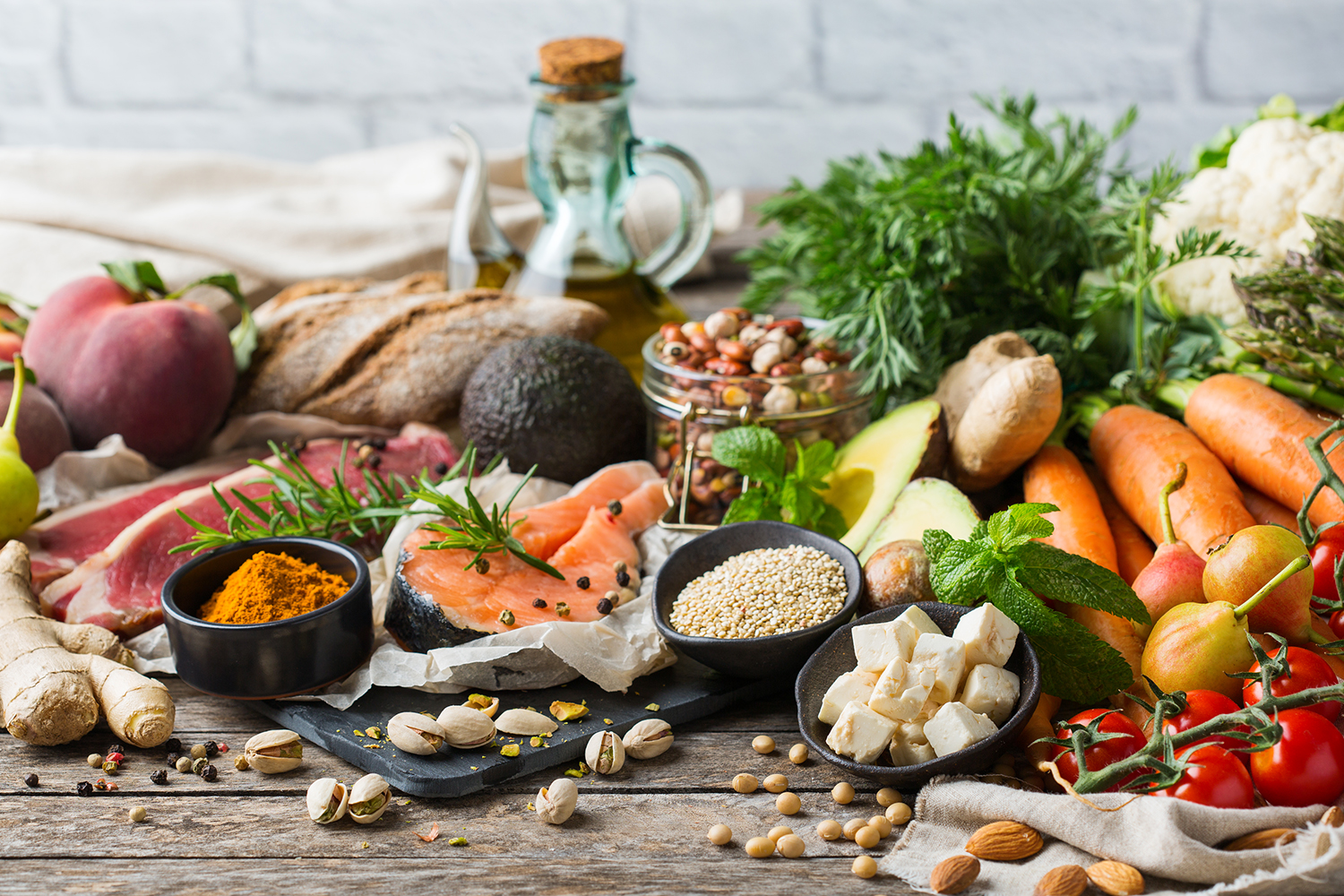
There has been a lot of talk lately about plant-based diets as they are becoming more popular. There are many misconceptions about plant-based diets, and some confusion on how to get started, so we thought we'd explore this popular diet plan.
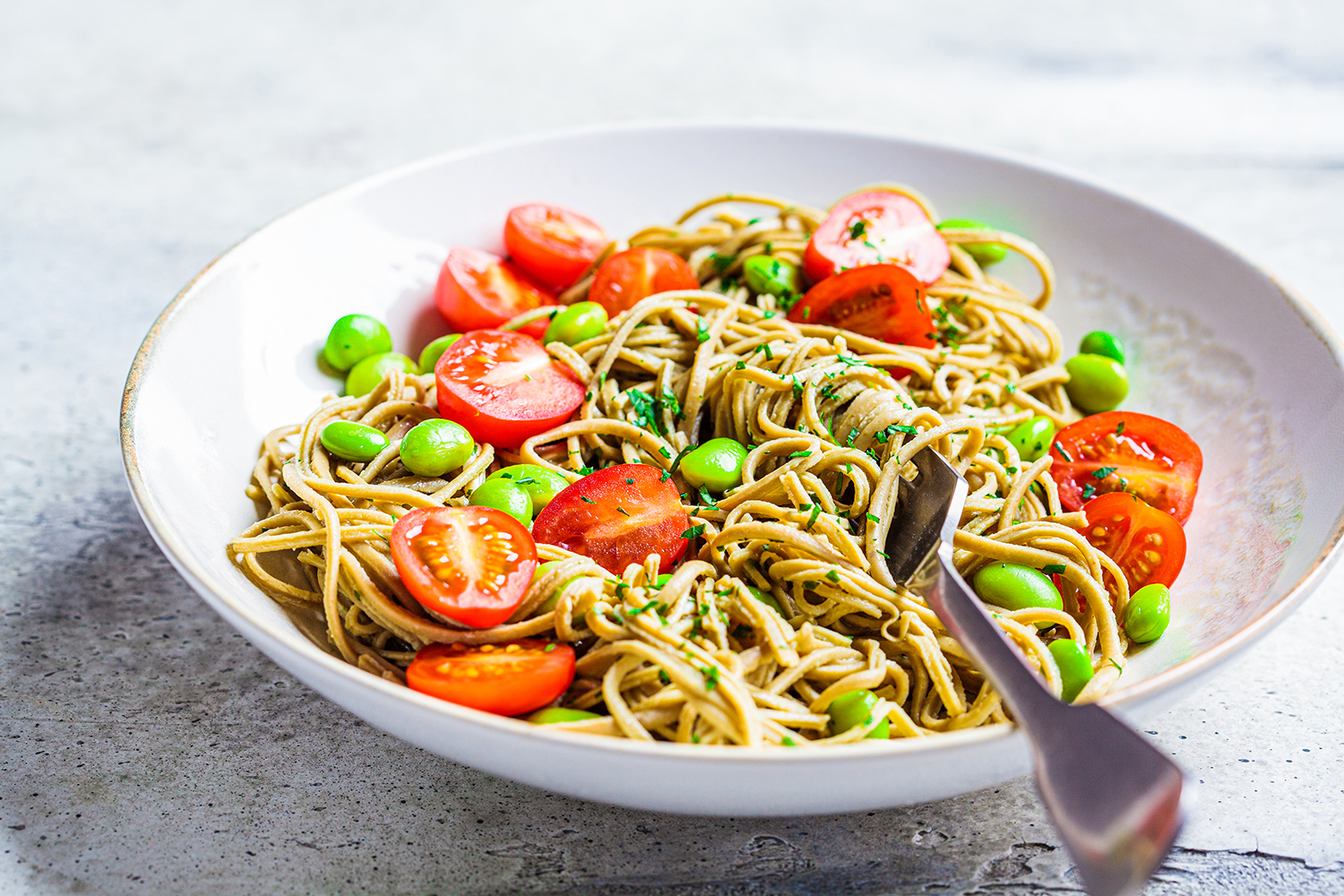
When people hear the words "plant-based diet" they instantly assume these diets are vegetarian or vegan, but that's not always the case. Vegan and vegetarian are two examples of plant-based diets, but they do not encompass every single plant-based diet. Just because you're on a plant based diet, it doesn't mean that you can never consume meat, eggs or dairy, you simply limit those ingredients in your diet.
While there are a number of diets that qualify, most plant-based meal plans include:
- Plenty of vegetables
- Healthy fats from olives, avocados, nuts and seeds
- Whole grains
- Fruits for dessert
Focusing on consuming meals and foods that are primarily plant based with limited meat and dairy consumption has been linked to lower risk of heart disease, stroke, obesity, diabetes and other chronic health conditions.
Plant-based diets tend to reduce the intake of bad fats, unhealthy carbohydrates and processed foods. Reducing these detrimental food groups in your diet can promote physical fitness, weight loss and give you more sustained energy throughout the day.
It's also been suggested that a plant-based diet can also help reduce your carbon footprint, and if plant-based diets become more popular, it could help relieve certain strains on the environment.
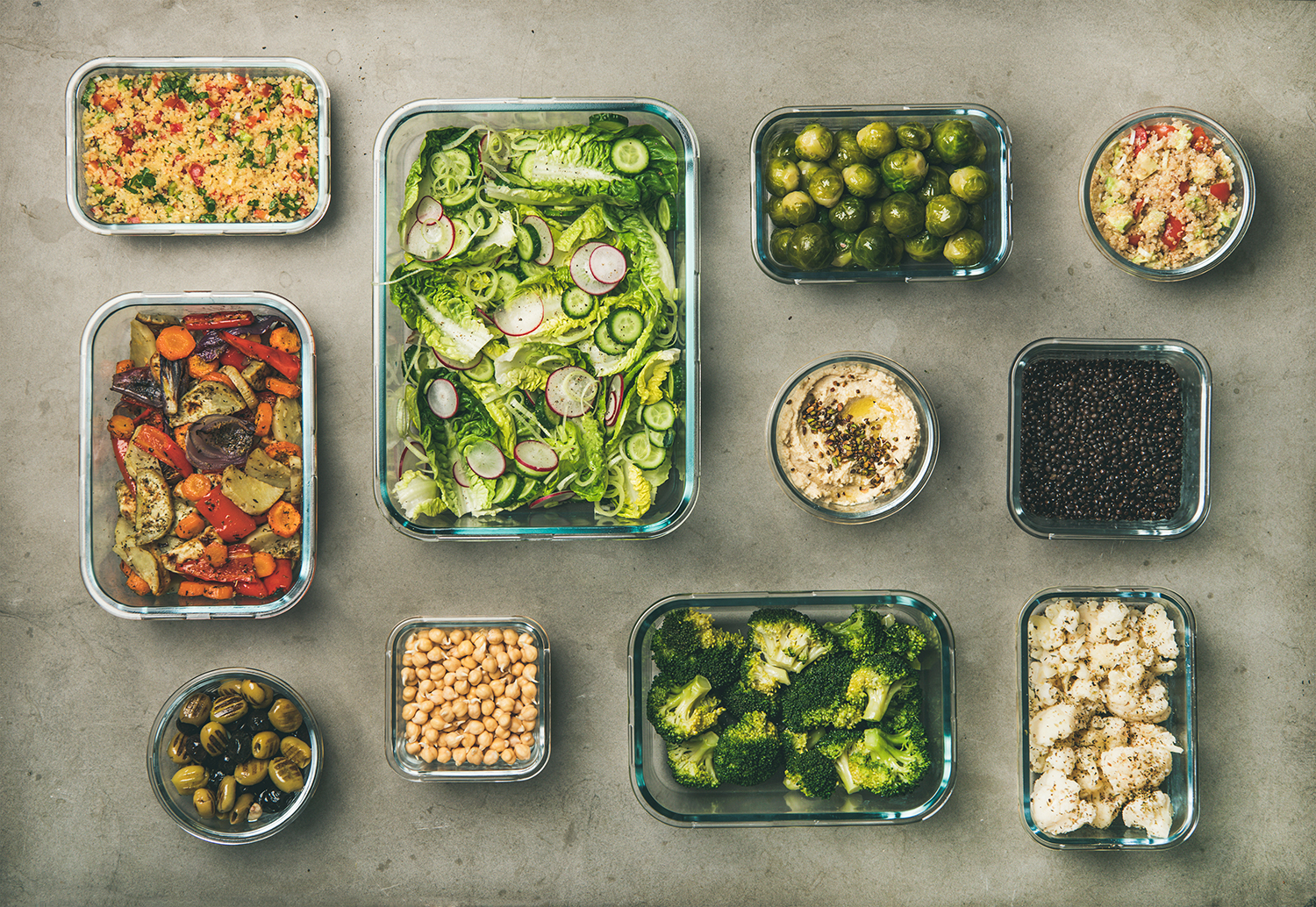
While vegan and vegetarian are the most well-known plant-based diets, they can be the most restrictive and intimidating. They allow for no meats of any kind, and vegan diets do not allow any form of dairy.
If you've never considered a plant-based diet, you may want to consider some other options beyond vegan or vegetarian. Some possible choices include:
- Pescatarian
- Mediterranean
- Flexitarian
A pescatarian diet involves including fish for protein rather than beef, pork or poultry. Pescatarian diet plans involve plenty of plants including greens, salads and vegetables with seafood as a compliment. Eggs and dairy such as yogurt, cottage cheese and milk are also allowed on most pescatarian diet plans. The key is to make sure that seafood is a compliment to meals and not the largest portion.
The pescatarian and Mediterranean diets have quite a lot in common. Both involve a higher quantity of seafood than most other diets. The Mediterranean also focuses on consuming good, plant-based fats from nuts and olives as well as dairy products such as Greek yogurt, cheese and milk. However, the Mediterranean diet is less restrictive when it comes to meat protein as poultry and other meats are occasionally allowed.
A flexitarian diet falls somewhere in between a pescatarian diet and the Mediterranean diet as it allows for some eggs, meat, poultry and dairy, only at fairly limited quantities.
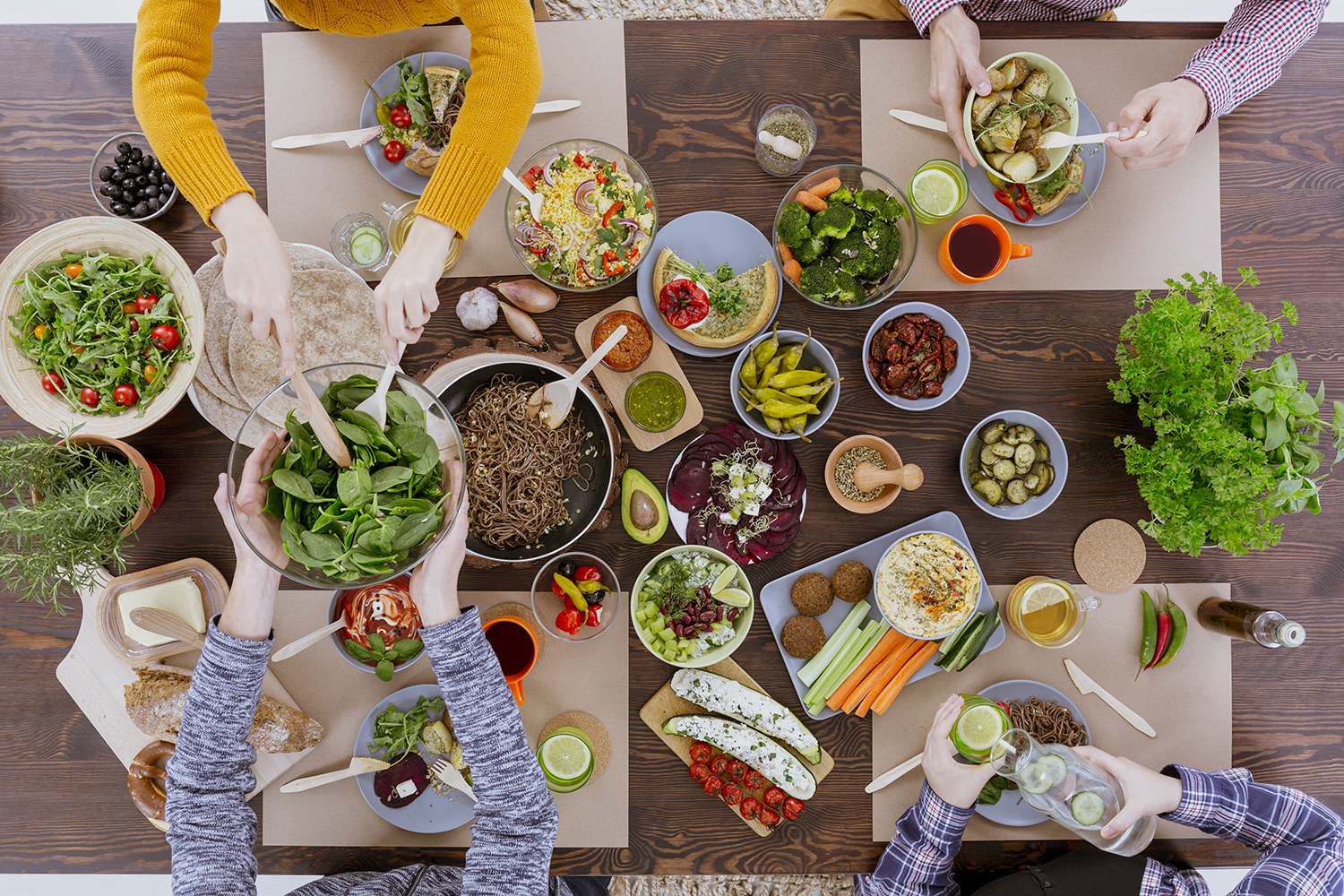
Starting any new diet can be daunting, especially if it's a complete turnaround from your current eating habits. Here are a few tips to help you get started on your path if you're considering any type of plant based diet.
- Make small, gradual changes
- Include more healthy grains at breakfast
- Eat at least one vegetarian dinner a week
- Gradually reduce meat portion sizes
- Add filling plant ingredients to meals
- Eat fruit instead dessert
- Drink more fluids
One of the reasons many diets fail is that people treat them like turning on and off a light switch. It can take some time for your body, mind and attitude to adjust to a new diet. Make small changes such as including a salad as a side dish or changing your breakfast routine to include filling grains such as oatmeal or buckwheat. These two small simple changes will ease you into a plant-based routine.
Speaking of making small changes, you may not wish to immediately remove meats from your diet. Reducing meat portions while increasing plant material at meals will gradually train your mind and body to expect less meat and more vegetable matter. While reducing meat portions, you can include filling legumes such as lentils or chickpeas to provide vegetable-based protein to replace animal protein.
If you're used to something sweet after dinner, try the natural sugar found in fruits and berries. Eating more fruits can satisfy your sweet tooth without breaking your diet.
Finally, as you begin a new diet, your body may require more fluids to adjust to your new dietary intake. Consider drinking more water or include a zero-sugar TapouT Cherry Lemonade or Orange to quench your thirst.
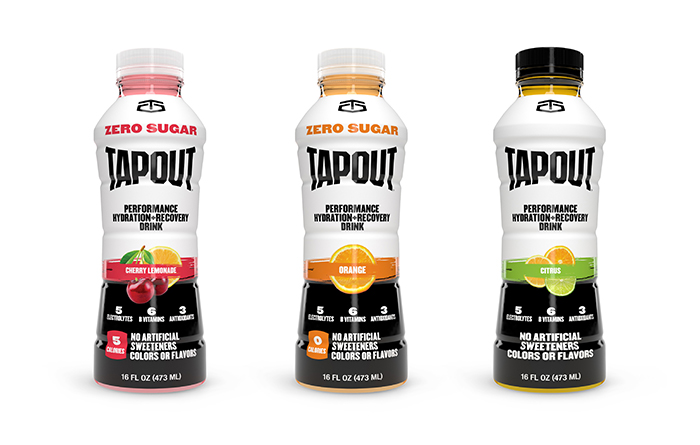
Hydration is vitally important no matter what diet you're one, and TapouT is there to help you hydrate more efficiently.
TapouT contains 240mg of naturally sourced sodium to hydrate your body's cells more efficiently and regulate how much fluids your body uses to prevent dehydration. All three flavors of TapouT also contain plenty of vitamins and electrolytes to improve performance and recovery. Each bottle of TapouT is formulated with vitamins A, C, E and the B complex, as we as the following electrolytes to aid in recovery:
- Magnesium
- Potassium
- Chloride
- Calcium
Our Citrus flavor contains 120 calories to help your body activate its energy sources, but if you're looking for a sports beverage with only five calories and zero-sugar, our Cherry Lemonade and Orange flavor will still quench your thirst and infuse your system with the same vitamins, electrolytes and minerals as our Citrus Flavor.
